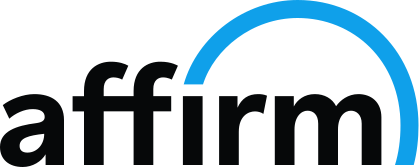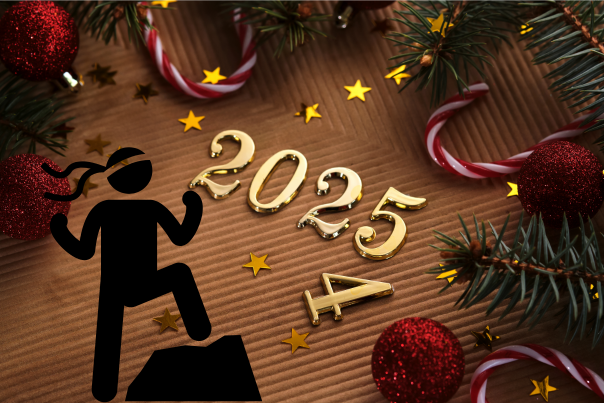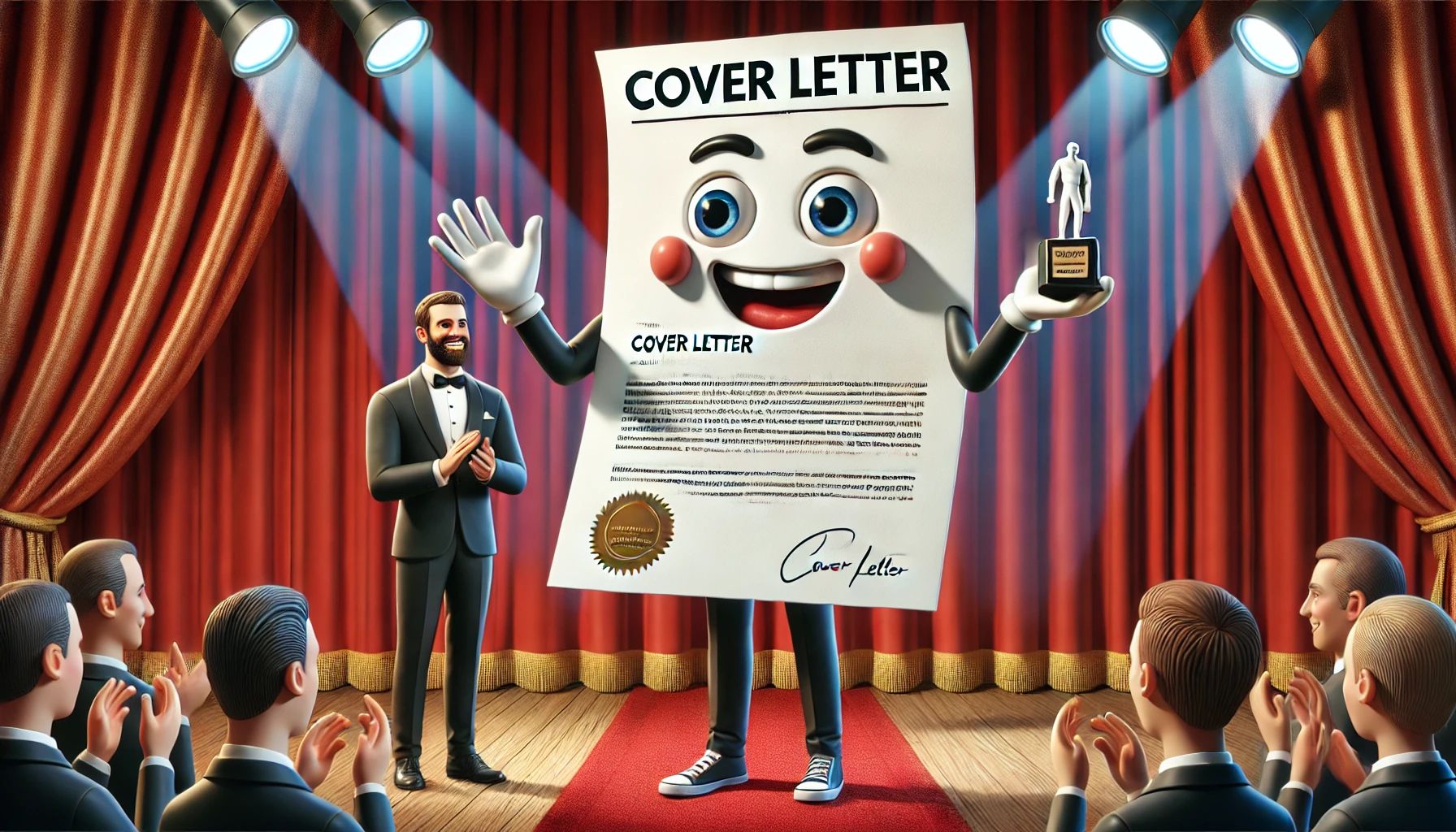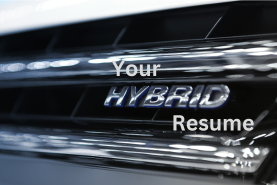We have to look at the job search process for what it is: a numbers game. And the game does not favor those who lack attention to detail in their resume writing strategy. Just exactly how big is the haystack in which you are trying to find that needle? According to Robert Meier of Job Market Experts, it is only the top 2% of applicants that ever make it pass the initial screening and into the interview door. Now think of that in terms of your resume. If a resume gets 10 seconds or less to impress, content cannot be the only factor affecting the reader’s decision matrix. Perhaps the most overlooked factor of the resume writing strategy by most non-professionals (and some that are actually professionals) is the choice of font. But this seemingly innocuous factor plays a greater role in your success (or failure) than you would think.
Font Compatibility Across Computers
Microsoft Word is a very flexible and adaptable program. It allows us to upload and use fonts that we download from any number of sites on the internet. It gives us great flexibility in the look and feel about resume design and presentation. But did you ever think of what happens when you are reader opens you are resume and their version of Microsoft Word does not have the same downloaded font that you do? Using non-traditional fonts can cause you to lose control of how your document presence on the other side. When Microsoft Word opens a document containing a font that it does not itself possess, it replaces it with one of its own choosing. This results in your resume showing up on the other side with some random font of which you have no control. Of course, one could embed the font within the document itself, but you then increase the file size and affect its download time.
Resume Spacing Inconsistency
Part of any importance resume writing strategy is optimizing the use of space as best you can. Take the time to notice that fonts have differing widths, meaning a change in font can easily mean sentences leaking over two extra lines. All of a sudden, your 2-page resume has leaked over into a 3rd page by several lines. What is worse is that you never know about it. This happened on the reader’s end. And we all know what happens to 3-page resumes, now don’t we? Using more commonly accepted fonts means you are less likely to lose control of what is seen on the other end within your resume.
Whitespace and the Crowding Perception
Perhaps the most underrated factor that is considered when selecting a font for a resume is its effect on whitespace. Most people forget that their resume is actually a marketing document. Much of its success or failure is based upon the same factors as any good graphic design project. Active whitespace not only leads the reader through the document, if allowed the human eye to rest. Some fonts not only take up more actual space than others, some of them create the “perception” of taking up more space, even when they do not. Serif fonts are more decorative in nature and visually tend to come across as more “busy” that their sans-serif counterparts.
Applicant Tracking Software (ATS) Scanning
Remember When developing your resume writing strategy that not going to reread it will be a human who won. In fact, did you know that 75% of large companies are using applicant tracking systems to rank their resume submissions and that 70% of resumes are never even seen by a human reviewer? Because of this, if you are not taking into account our digital friend when selecting your front, you are doing yourself a disservice. Because of their clean lines, sans-serif fonts are more comparable for the ATS. This is not to say that a serif font won’t work. But you definitely increase the chances of a scanning error. What if that error ends up being your contact information?
Remember that developing good resume writing strategy is more than about good content. If you are going to be that 1 out of 50 that gets into the interview door, then you need to go down that rabbit hole that your competition won’t. Certified professional resume writers are trained to navigate the rabbit hole. So consider bringing in the professionals when you’re serious about getting into that interview chair.












